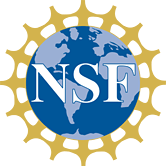The 12-member crew of Concordia Research Station (WAP MNB-Ø3) woke up to a most welcome sight in early August: sunrise, after four months of Antarctic darkness.
The return of the sun is a major milestone for the isolated and confined crew; they are three-quarters of the way through their Antarctic residency and will soon prepare to welcome the summer influx of researchers at the base.
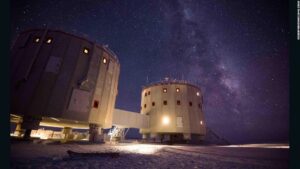 ESA-sponsored medical doctor Hannes Hagson snapped this picture from the Station’s front door in early on 5 August. “Time here has the strange quality of both passing really quickly and very slowly at the same time,” he shared, “and in just two days we expect the return of the sun to grace us here at 75 degrees south! The returning daylight certainly has us all cheered up and starting to sense the beginning of the final part of this adventure.”
ESA-sponsored medical doctor Hannes Hagson snapped this picture from the Station’s front door in early on 5 August. “Time here has the strange quality of both passing really quickly and very slowly at the same time,” he shared, “and in just two days we expect the return of the sun to grace us here at 75 degrees south! The returning daylight certainly has us all cheered up and starting to sense the beginning of the final part of this adventure.”
The winter months in Antarctica are tough, with temperatures dropping below −80C under a pitch black sky.
To combat winter blues, the crew keep busy, celebrating mid-winter (and the half-way point in their Antarctic stay) in June with their own traditions and taking part in the Antarctic Winter Games in July. Stations with a winter crew across Antarctica participate in a series of physical challenges and friendly competition.
With August comes not only sunlight, but production work for the Antarctic Film Festival, with each base submitting an original piece. Check out last year’s winning entry from Concordia in the Open category.
 Of course, it’s not all fun and games. Hannes has been busy with biomedical research, as he continues to gather data from crew urine, stool and blood samples, as well as cognitive and psychological measures through questionnaires to study the effects of isolated, confined and extreme environments on the human body.
Of course, it’s not all fun and games. Hannes has been busy with biomedical research, as he continues to gather data from crew urine, stool and blood samples, as well as cognitive and psychological measures through questionnaires to study the effects of isolated, confined and extreme environments on the human body.
In October 2022 the crew will begin to prepare the base for the summer campaign. Rooms and tents must be prepared for the 40 or so incoming researchers.
Source: ESA – Winter, over
TNX Dr. Volker Strecke DL8JDX

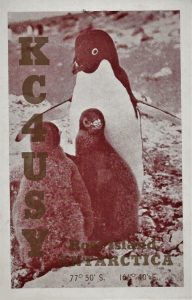 Anthony W Delprato, WA4JQS is an Antarctic veteran (
Anthony W Delprato, WA4JQS is an Antarctic veteran (
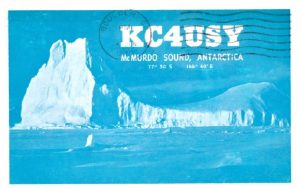
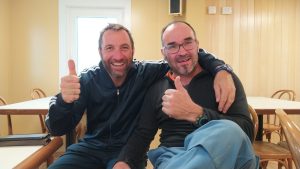 David FT4YM (FT4YM) will be QRV again from Antarctica during the next summer campaign (December 2022 to March 2023).
David FT4YM (FT4YM) will be QRV again from Antarctica during the next summer campaign (December 2022 to March 2023).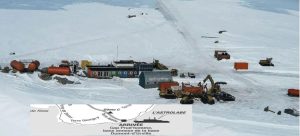 Cape Prud’homme (
Cape Prud’homme (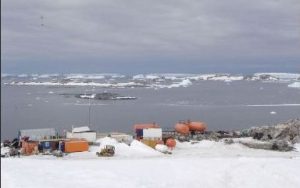 On the mainland, 5 km from the Island of Petrels, DDU (Dumont D’Urville) is articulated to a third place, Robert Guillard (Cap Prud’homme), the basic element of a system whose main objective is to organize, depending on the year, in addition to scientific expeditions, two or three raids to supply fuel and equipment to the Franco-Italian station Concordia.
On the mainland, 5 km from the Island of Petrels, DDU (Dumont D’Urville) is articulated to a third place, Robert Guillard (Cap Prud’homme), the basic element of a system whose main objective is to organize, depending on the year, in addition to scientific expeditions, two or three raids to supply fuel and equipment to the Franco-Italian station Concordia.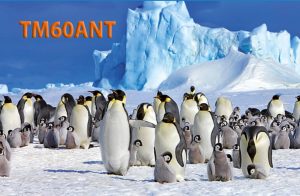 François Bergez F8DVD informs
François Bergez F8DVD informs 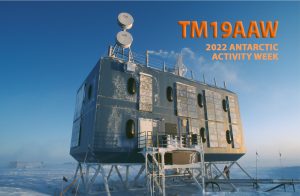 The structure is raised on stilts to allow drifting snow to blow under it.
The structure is raised on stilts to allow drifting snow to blow under it. Something interesting has been publish recently on the web. Here an abstract:
Something interesting has been publish recently on the web. Here an abstract: 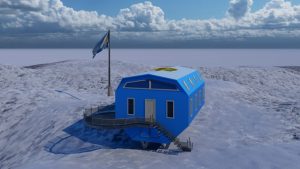 Three new multidisciplinary laboratories for the Esperanza, San Martín and Orcadas bases, together with new shelters on the Vega and Cerro Nevado islands, near the Marambio Base will be built during 2023 by Argentina in its Antarctic territory, based on an agreement signed last wee by the Ministers of Science, Daniel Filmus, of Defense, Jorge Taiana, and Foreign Affairs, Santiago Cafiero.
Three new multidisciplinary laboratories for the Esperanza, San Martín and Orcadas bases, together with new shelters on the Vega and Cerro Nevado islands, near the Marambio Base will be built during 2023 by Argentina in its Antarctic territory, based on an agreement signed last wee by the Ministers of Science, Daniel Filmus, of Defense, Jorge Taiana, and Foreign Affairs, Santiago Cafiero. The Polies have just join the now-annual Polympics, that have involved the other Antarctic stations in the 2022 Antarctic Games.
The Polies have just join the now-annual Polympics, that have involved the other Antarctic stations in the 2022 Antarctic Games.  Winter International Film Festival of Antarctica (WIFFA) is an annual film festival open exclusively to those who spend the entire winter in Antarctica or in Subantarctic areas.
Winter International Film Festival of Antarctica (WIFFA) is an annual film festival open exclusively to those who spend the entire winter in Antarctica or in Subantarctic areas.
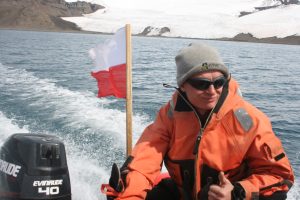 In a recent contact, Seba SQ1SGB has confirmed that his 4th season at Halley VI-a (
In a recent contact, Seba SQ1SGB has confirmed that his 4th season at Halley VI-a (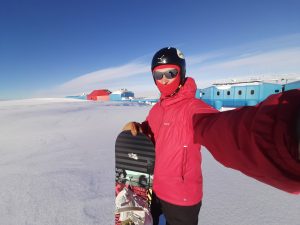
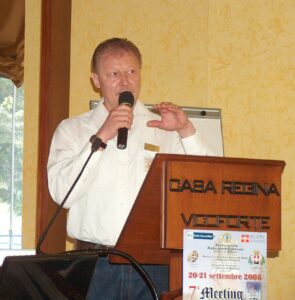 A very interesting pubblication, signed by Dr. Volker Strecke, DL8JDX, Antarctic veteran has been recentry pubblished on the german journal
A very interesting pubblication, signed by Dr. Volker Strecke, DL8JDX, Antarctic veteran has been recentry pubblished on the german journal 
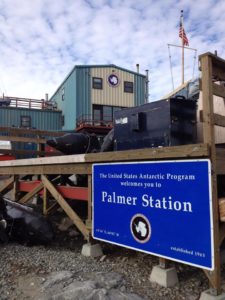 Live from Palmer Station
Live from Palmer Station